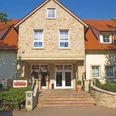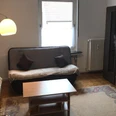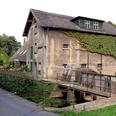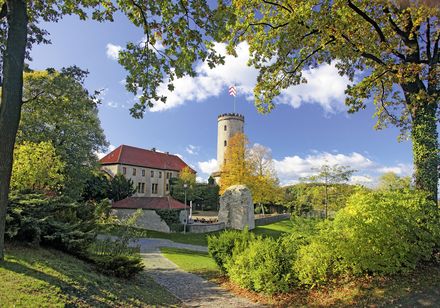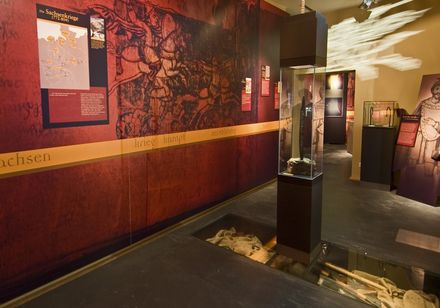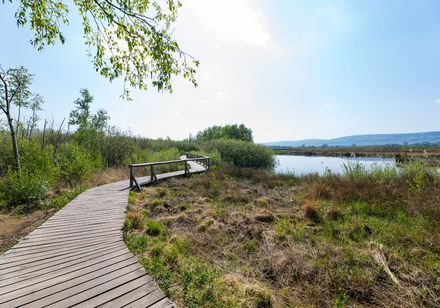Sown in April, the flax could already be harvested in July. Once the seeds and stalks had been separated, the flax was placed in bundles in the reddening ponds for 10-14 days. The name does not come from the color red. Reinforced by fermentation processes, the flax bundles dissolved and the fibers could be separated from the stalk. They were dried, broken, crushed, "curled and chopped" until all the wooden parts were separated. The linen was spun and woven at home.
Until the 19th century, the hirelings, non-independent farmers who owned neither a farm nor land, used linen production as a necessary additional source of income alongside farming. Later, weaving was partially replaced by cigar production.
Today, the ponds are home to endangered species such as the tree frog, so much is being done to preserve the pondsFurther information: www.fahr-im-kreis.de
Good to know
Directions & Parking facilities
More information
License (master data)
Nearby



